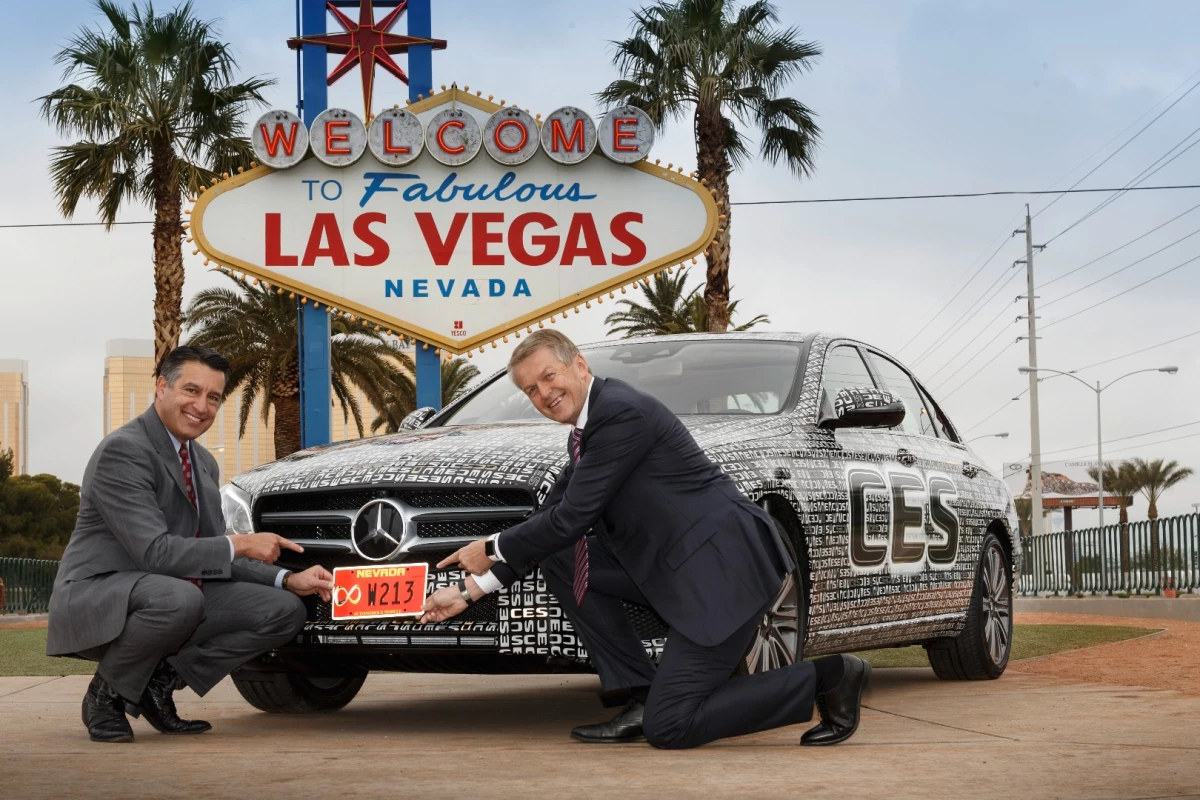The US state of Nevada has been a trailblazer in issuing licences for testing autonomous cars on public roads, with its first two going to Google and Audi back in 2013. Now, it has awarded its first licenses for autonomous standard production vehicles. Three new Mercedes E-Class vehicles have been approved to drive themselves.
A rep from Mercedes' parent company Daimler actually tells Gizmag that they believe it is the first such license to have been awarded anywhere in the world, but it's not only cars that have been being tested on Nevada's roads. Daimler has been testing two self-driving trucks in the state since last year. State governor Brian Sandoval says Nevada is proud to serve as a place where autonomous technology can be explored and tested.
"By collaborating with revolutionary, sustainable and creative endeavors, Nevada is working to be at the forefront of emerging innovative technologies," says Sandoval. Member of the board of management of Daimler AG, Group Research & Mercedes-Benz Cars Development Prof. Thomas Weber says, meanwhile, that being awarded the first such licence shows that Mercedes is a step ahead of competitors and that the new E-Class is "another big step to the fully automated vehicle."
Test drives in the autonomous E-Class will still be carried out by trained drivers, with one passenger required by law to be behind the wheel and a second to also be in the vehicle. Human drivers are still required for turning, merging and departing.
The new E-Class is on display at CES. The video below gives an insight into the development of the car.
Source: Mercedes-Benz




